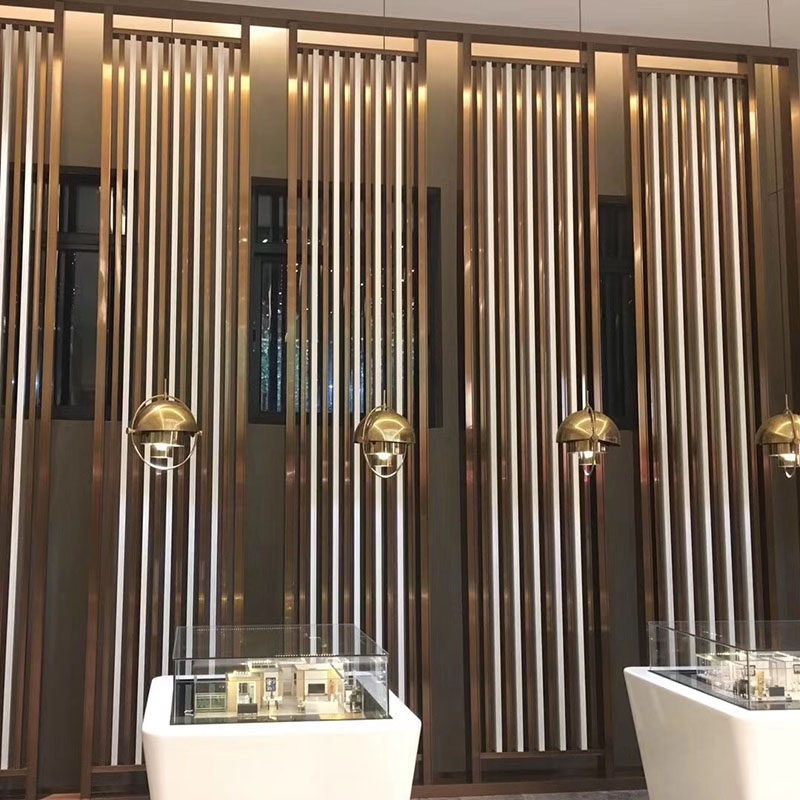Uses of Stainless Steel Screen
2024-01-18
A stainless steel screen typically refers to a mesh or grid made from stainless steel wire. These screens have a variety of applications across different industries and are known for their durability, corrosion resistance, and versatility. Here are some common uses and features of stainless steel screens:
1. Filtration and Sieving: Stainless steel screens are often used for filtration and sieving purposes in industries such as pharmaceuticals, food processing, and chemical manufacturing. The mesh size can vary depending on the specific application.
2. Insect and Pest Control: Stainless steel screens are used in doors and windows to create insect screens. The fine mesh allows for ventilation while keeping insects and pests out.
3. Security Screens: In security applications, stainless steel screens can be used for doors and windows to provide additional security while allowing visibility and ventilation.
4. Mining and Aggregate Industries: Stainless steel screens are used in mining and aggregate industries for sizing and separating particles in materials like gravel, sand, or ore.
5. Architectural Applications: Stainless steel screens can be used in architectural designs for decorative purposes, such as room dividers, facades, or artistic installations.
6. Chemical Processing: In chemical processing plants, stainless steel screens may be employed for separating and classifying different chemicals or particles.
7. Oil and Gas Industry: Stainless steel screens are used in the oil and gas industry for sand control in wells to prevent the influx of sand particles.
8. Water Treatment: Stainless steel screens are utilized in water treatment processes for filtering and separating impurities from water.
9. Heat Ventilation and Air Conditioning (HVAC): Stainless steel screens can be used in HVAC systems for air filtration and to prevent the entry of debris into air ducts.
10. Aquariums: Stainless steel screens are sometimes used in aquariums to create a barrier that allows water flow while keeping fish and aquatic life separated.
When selecting a stainless steel screen, considerations include the mesh size (the size of the openings), wire diameter, and the overall dimensions of the screen. The specific type of stainless steel used may also vary based on the environmental conditions and the intended application.



